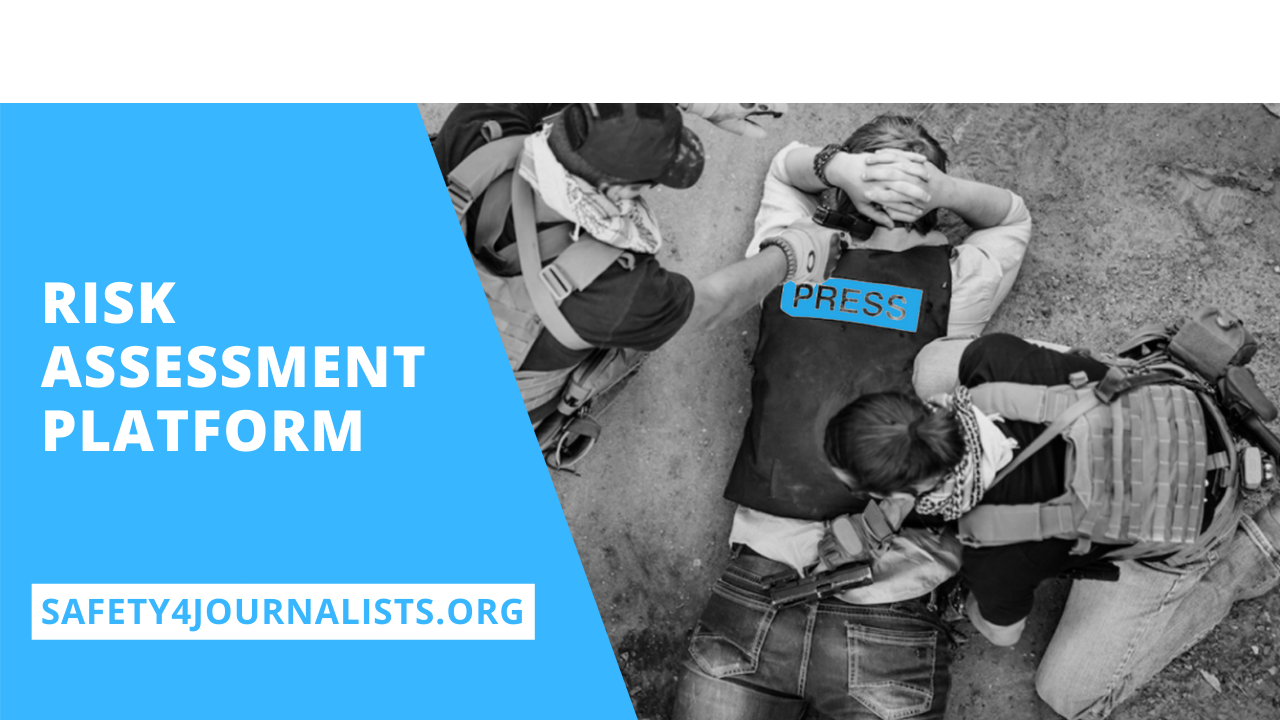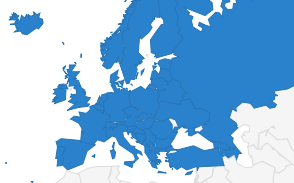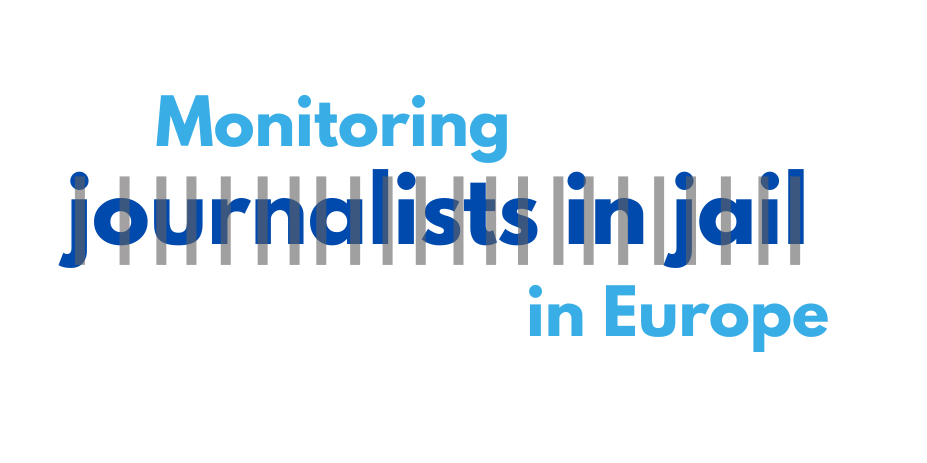In France and Italy, the so-called “fake news” have a limited reach, new study reveals

The Reuters Institute just published the first evidence-based study “Measuring the reach of ‘fake news’ and online disinformation in Europe” focusing on the most popular false news sites in France and Italy. The results show that the so-called “fake news” have a limited reach and that the time spent on false news websites is far lower than the time spent on news websites.
It is often assumed that false news have a huge impact on the people who read them. Yet the research reveals that most of the false news websites analysed had a reach of less than 1% of the online population in both countries. By comparison, the most popular news websites in France (Le Figaro) and Italy (La Repubblica) had an average monthly reach of 22.3% and 50.9%, respectively.
The time spent on those false sites is also far lower than the established media. The most popular false sites in France (Santéplusmag.com, letopdelhumour.fr…) were viewed for around 10 million minutes per month, and for 7.5 million minutes in Italy (on Retenews24.it, meteoweb.eu…). People spent an average of 178 million minutes per month with Le Monde, and 443 million minutes with La Repubblica — which is more than the combined time spent with all 20 false news sites in each sample.
However, the level of Facebook interaction (defined as “the total number of likes, comments, shares and reactions”) between false sites and news sites is less clear-cut. Some false news outlets outperformed news brands in this regard. In France, one false news outlet generated an average of over 11 million interactions per month — five times greater than more established news brands. However, in most cases, in both France and Italy false news outlets do not generate as many interactions as established news brands.






